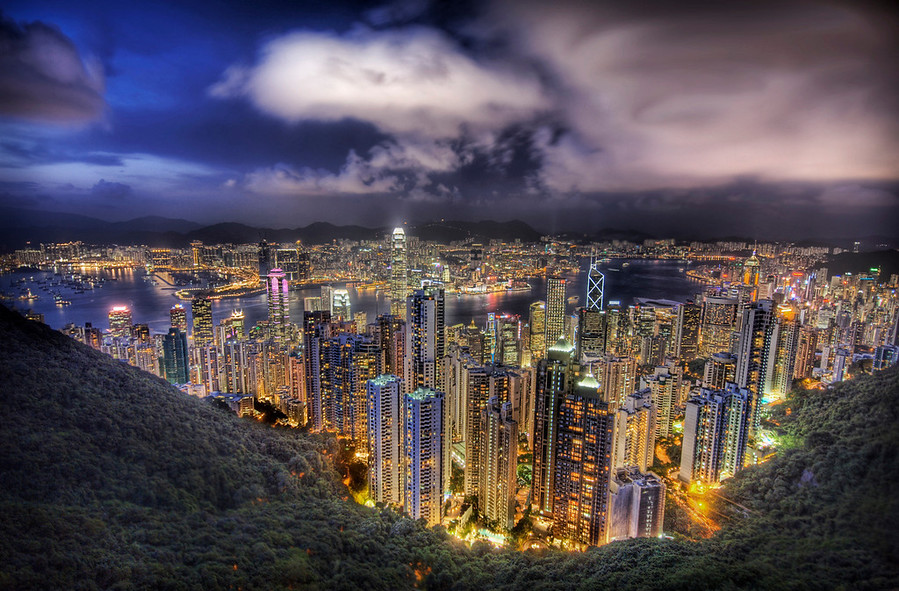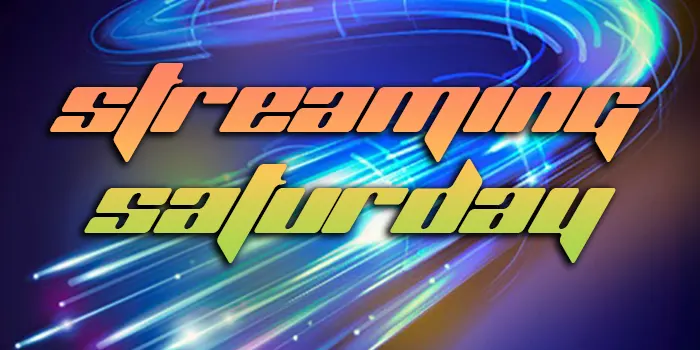Look folks, I certainly understand if you’re getting tired of me writing about this topic. I’m tired of writing about this topic. To some extent I feel like I’m just shaking my fist at the sky, and I don’t really expect the articles in this little blog to change the world. But here I go again, and I hope that you’ll consider commenting at the bottom to see if you agree.
HDR: the biggest disappointment since 4K
So…. the first time I saw a 4K TV was back in 2012. Believe it or not you can still read that article. I was surprisingly a little disappointed at the time, saying that an 84″ TV was still not large enough to get an idea of the difference between 4K and HD. I stand behind that statement, 13 years later. The truth is that today’s TVs are so good at upscaling HD content that unless you have a truly massive TV you’re just not going to see the difference. It also doesn’t help that most streaming 4K is overcompressed to the point that there isn’t any quality difference between it and HD.
The earliest article I can find where I rant about HDR is this one. But, when you read it, there are clear references to other articles which aren’t still available. HDR was supposed to get people interested in 4K. See, the picture quality between HD and 4K wasn’t impressive. So, in order to impress, TV makers invented HDR. It was supposed to make you feel like your TV was a magical portal to another world.
The problem? Real life isn’t HDR. You can create some incredibly beautiful images with HDR. Here’s one I’ve featured before:

This image shows you something you couldn’t get in real life. You see the brilliant colors of the city as well as the subtleties of the sky and foreground. HDR could show you that, but in practice it doesn’t. In practice, content creators use HDR to make their images look worse.
mmmmmwhatttt?
You heard me. Content creators use HDR to make the image on your TV worse. They say they are making it less realistic. See, friends, unless you’re in Tahiti or something, the world isn’t all brilliant blues and greens. The world is dusty and grey and sometimes people aren’t well lit. And that’s on a sunny day. On a cloudy day in the late afternoon things are positively dismal. That’s the world that content creators want to show you. TV technology didn’t let them show you that before. In the past, TV shows and movies had to be well lit or you just couldn’t recognize anything. Now, with a proper HDR TV, they can show you a dull, dark room that you can see as well as a dull, dark room in reality. Is this actually supposed to be an improvement?
Add to that, HDR tends to override most user-created settings. Now, according to a quick search I’ve talked about this over 200 times, but it’s your TV. There are going to be people who really like seeing things the way that the content creator intended. There are other people who want to see video that looks like it was shot on the surface of the sun. I’m not judging anyone. Everyone’s eyesight is different, everyone’s environment is different, and you should never ever accept undesirable picture quality just because someone else says it’s better for you.
When you turn on HDR, those settings that make your TV look good to you go away, replaced with some sort of reference setting. In most cases this means your TV gets dimmer and duller. Maybe, just maybe, that’s not what you want. Maybe you just want to enjoy what you’re watching without having to turn every light in the house off.
I’m all for “reference levels” and “film mode,” really but…
See I think we’re just now beginning to talk about how so-called “reference levels” only work if you’re a perfect person in a perfect environment. If you’re able to create a home theater with perfectly dim lighting, great. If you’re 21 years old with no color-blindness or night-blindness at all, fantastic. Let met tell you folks I haven’t been 21 in a while and neither has anyone else here at my home. We need a little help seeing reds and greens, and a lot of help seeing dark things. In fact, I have to tell you I like to see bright, saturated pictures on my TV. I don’t care if it’s not reality. If I want reality, I’ll look outside my window on a rainy day. I want fantasy. And guess what? It’s my TV.
TV makers are starting to take this into account. My newest TV has Dolby Vision IQ, which takes ambient lighting into consideration. It also lets me choose from several presets for HDR, which lets me choose a bit more brightness and saturation. But, not everyone buys a new TV every year. It’s going to take a decade or more for all that to shake down to regular folks.
Until then, I guess we’ll all just have to turn off the lights, turn off HDR, or both.





